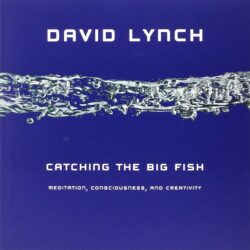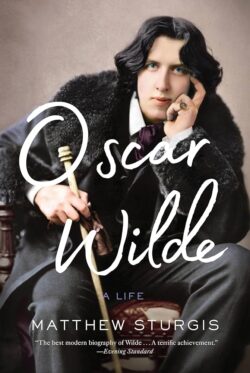By Stuart Mitchner
There’s a big hole in the world now that he’s no longer with us. But, as he would say, “Keep your eye on the donut and not on the hole. It’s a beautiful day with golden sunshine and blue skies all the way.”
—from the announcement of David Lynch’s death
 If David Lynch were still delivering daily weather reports on his YouTube channel, and if he’d lived to see Inauguration Day, his January 20 forecast would have ended with his usual cheery, heartfelt “golden sunshine and blue skies all the way” closing line, topped off with a smile and a vigorous salute, regardless of the actual weather in L.A. or D.C. Unfortunately, actual earthly weather in the form of the Santa Ana winds driving the wildfires devastating his city forced the mandatory evacuation of Lynch’s home on the night of Wednesday, January 8. The timing and the circumstances were, as some online bloggers have noted, “Lynchian.” Not only was the director of Mulholland Drive living adjacent to the street that gave his most celebrated film its title, he was homebound, seriously ill with emphysema, and in need of “supplemental oxygen for most activities.” Even though the evacuation order was rescinded the next morning, the damage had apparently been done. Less than a week later, Lynch’s family announced his January 15 death.
If David Lynch were still delivering daily weather reports on his YouTube channel, and if he’d lived to see Inauguration Day, his January 20 forecast would have ended with his usual cheery, heartfelt “golden sunshine and blue skies all the way” closing line, topped off with a smile and a vigorous salute, regardless of the actual weather in L.A. or D.C. Unfortunately, actual earthly weather in the form of the Santa Ana winds driving the wildfires devastating his city forced the mandatory evacuation of Lynch’s home on the night of Wednesday, January 8. The timing and the circumstances were, as some online bloggers have noted, “Lynchian.” Not only was the director of Mulholland Drive living adjacent to the street that gave his most celebrated film its title, he was homebound, seriously ill with emphysema, and in need of “supplemental oxygen for most activities.” Even though the evacuation order was rescinded the next morning, the damage had apparently been done. Less than a week later, Lynch’s family announced his January 15 death.
Smoking
David Lynch may not have been the master of his fate, but he clearly understood that the cause of his poor health had to do with something more personal than weather. “Smoking was something that I absolutely loved but, in the end, it bit me,” he told Sight and Sound magazine in September 2024. “It was part of the art life for me: the tobacco and the smell of it and lighting things and smoking and going back and sitting back and having a smoke and looking at your work, or thinking about things; nothing like it in this world is so beautiful…. Meanwhile, it’s killing me.” more


 The October 16, 1847 publication of Charlotte Brontë’s novel Jane Eyre is listed among Wikipedia’s Notable Events,1691-1900, along with the execution of Marie Antoinette (1793) and John Brown’s raid on Harper’s Ferry (1859). As the 19th century continued “happening, over and over again,” Oscar Fingal O’Fflahertie Wills Wilde was born in Dublin on October 16, 1854 and Eugene Gladstone O’Neill surfaced in a New York City hotel on October 16, 1888.
The October 16, 1847 publication of Charlotte Brontë’s novel Jane Eyre is listed among Wikipedia’s Notable Events,1691-1900, along with the execution of Marie Antoinette (1793) and John Brown’s raid on Harper’s Ferry (1859). As the 19th century continued “happening, over and over again,” Oscar Fingal O’Fflahertie Wills Wilde was born in Dublin on October 16, 1854 and Eugene Gladstone O’Neill surfaced in a New York City hotel on October 16, 1888. Sixteen years ago I wrote about “An American Masterpiece You Can’t See on DVD — Yet.” Now, at last, we can forget the “Yet.” Frank Borzage’s Man’s Castle (1933) has been restored to its original length and released on a Blu-ray disc from Sony Pictures Home Entertainment.
Sixteen years ago I wrote about “An American Masterpiece You Can’t See on DVD — Yet.” Now, at last, we can forget the “Yet.” Frank Borzage’s Man’s Castle (1933) has been restored to its original length and released on a Blu-ray disc from Sony Pictures Home Entertainment. I
I R
R
 N
N W
W I
I M
M S
S
 T
T T
T O
O








